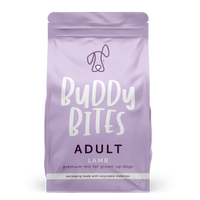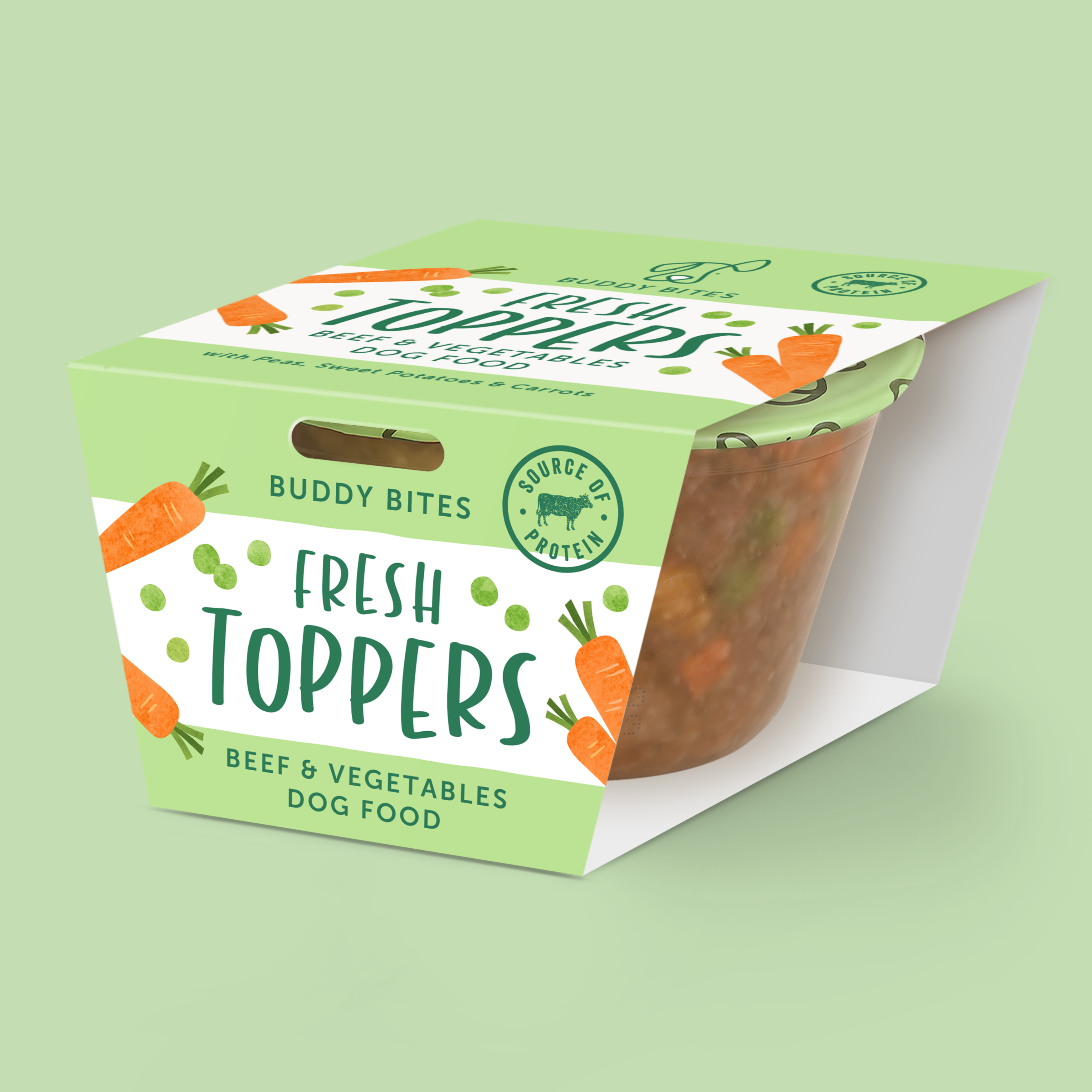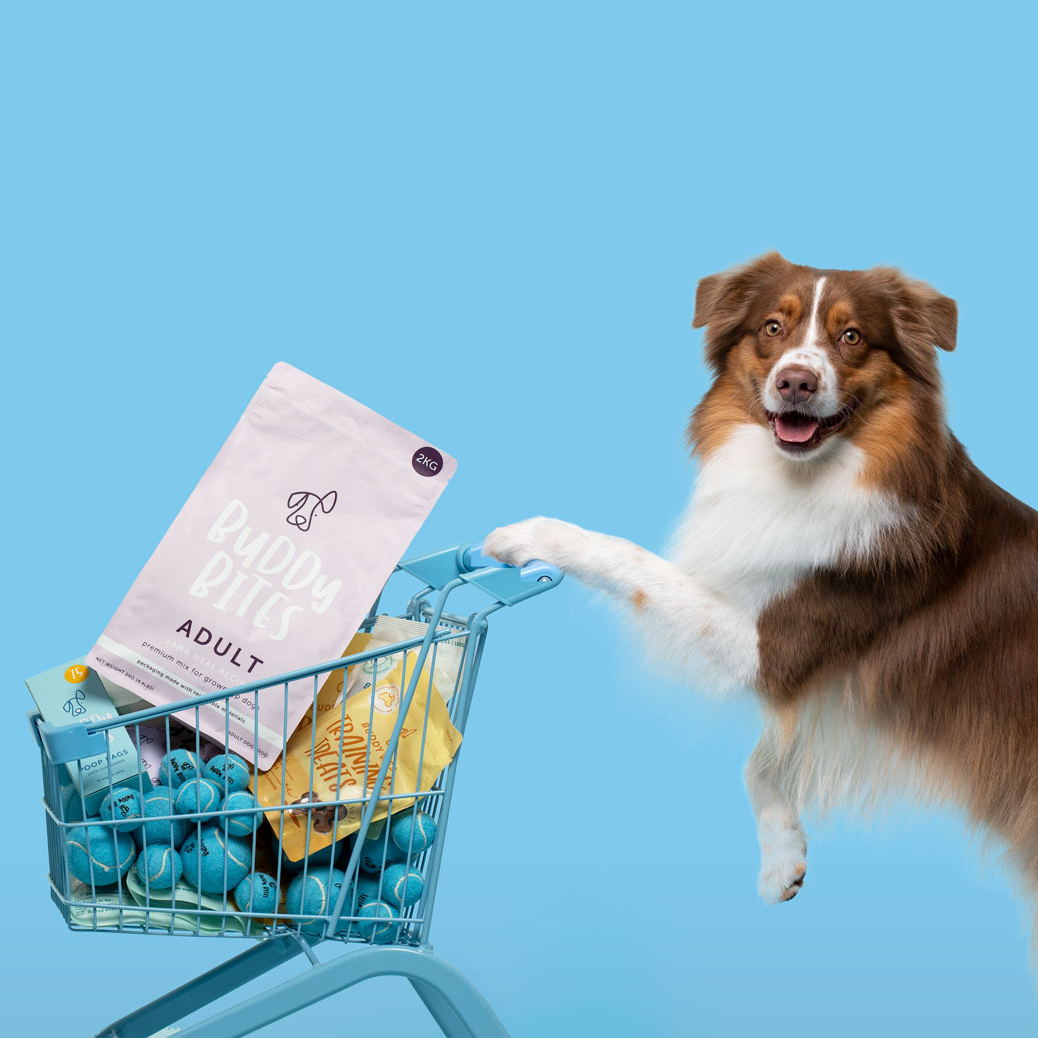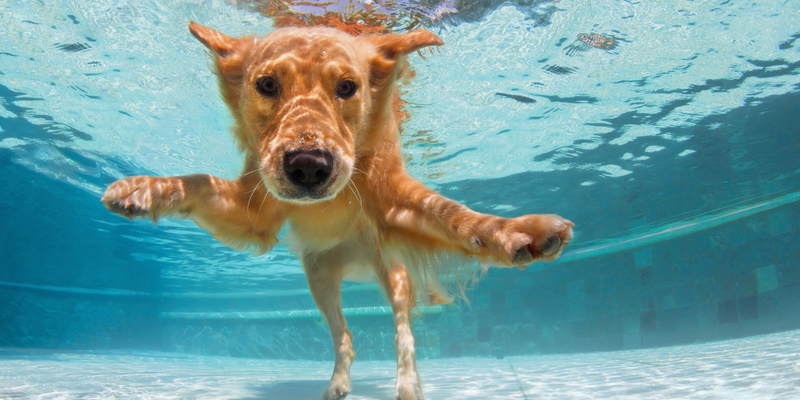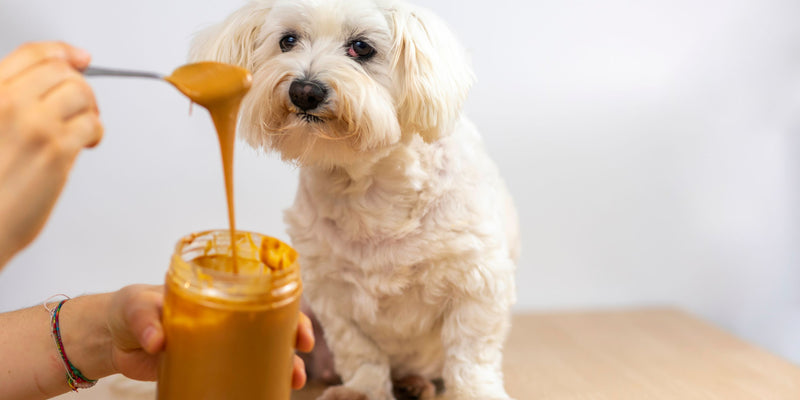Dog Separation Anxiety
June 05, 2022
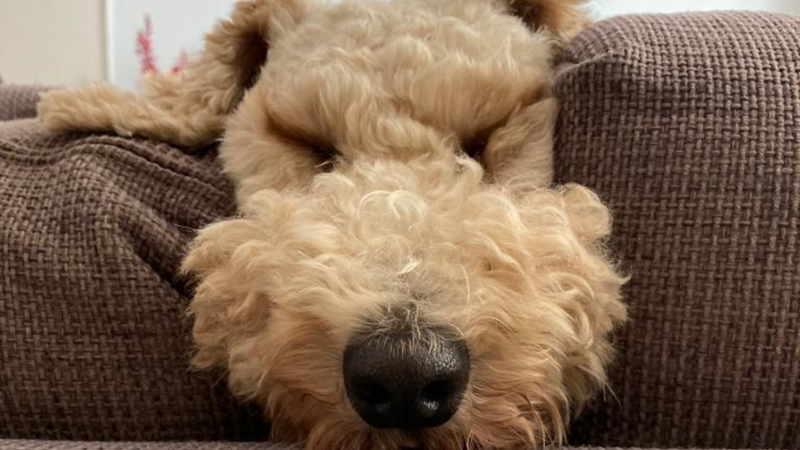
This week we take a look at a topic that will affect some more than others, separation anxiety.
As we know, every dog is different, with their own personality, traits and propensity to get anxious – even if they live in the same household. Thinking about my own two rescues, Nacho & Nala, they live in the same environment yet couldn’t be more different; Nacho is completely needy and hates when we leave the house, Nala on the other hand either doesn’t notice we’re leaving or makes it pretty clear she can’t wait to have some peace and quiet!! But, for those that fall into the Nacho camp, there are a few things we can all be aware of that will help us to combat this anxiety….and hopefully, save our furniture in the process!

Photo by Simon Hurry on Unsplash
For a lot of dogs, separation anxiety is simply down to boredom, with a lack of stimulation to keep them distracted (either physically or mentally). But, for some dogs, this anxiety can be much deeper rooted, resulting in fear, frustration and anxiety when their human leaves them. You may even notice that, over time, your anxious pup begins to recognize the signs you are heading out (getting changed, grabbing your keys etc) and start showing their anxious behavior before the separation even occurs. Trying to understand the root cause of this problem is crucial and will help you to train them out of this behavior.
Despite all dogs being different, there are a few clear signs of your dog being stressed:
- Tail between legs
- Ears pinned back
- Excessive panting
- Licking their lips
- Pacing
- Yawning
- Paw Raises
Let’s take a look at how to identify the cause of these behaviours. If possible, set up a camera at home so that you can take a look at how they act when you’re gone, given most of this will occur when you are not there. It may be that a particular sound from outside (passing car, a building elevator, a barking dog next door) is what triggers them. The most common causes though are Boredom, Frustration and Fear/Anxiety. We will break these down in more detail below.

Photo by Mike Burke on Unsplash
Boredom – If your dog is not getting enough mental and physical stimulation, then it could well contribute to anxious behaviour. If they are not getting enough stimulation then, when left alone, they have a lot of energy left to use up and may find it difficult to know what to do with it. When they run out of positive/constructive things to do, you may see them turn quickly to what we would consider destructive behaviour – your couch cushions may be one of the first victims….
Frustration – this is a slightly harder one to identify but is normally present when a dog cannot get at something they want or need. In some cases, this may be wildlife or cats outside the window that they really want to get at but can’t. In other cases, they may feel a sudden loss of attention and comfort when their human leaves the room and simply seek to replace this comfort in some other way.
Fear/Anxiety – Much the same as humans, dogs can draw on previous negative experiences and these can impact current/future behaviour. If they have had a negative experience when left alone previously, this may well cause stress simply due to that negative memory. In these cases, you may see them howl, bark and forget their ‘house training’. For the most part, these behaviours will take place when you are not there but you may notice them start when they see you are leaving (putting on your coat, grabbing your keys etc).
How to combat this?
One of the first things to try and ascertain is how long your dog is comfortable being left alone. A camera set up at home will help you do this. Take note of how long they seem happy for, before stress kicks in. This amount of time will be a good starting point when it comes to training (it will also help you manage your time away from home whilst training, to avoid further incidents.

Photo by fatty corgi on Unsplash
It is crucial to NEVER punish your dog for exhibiting anxious behaviour. In most cases, it is their way of asking for help so punishment of any type may only make the situation worse as they will become more anxious thinking about your return home as well as your departure!
There is plenty we can do to help diffuse the situation before we leave them on their own. The first thing being to ensure they are getting enough physical exercise. Regular walks and ideally social interaction with other dogs (though this is not something to be forced if your dog’s anxieties continue in this sort of environment) will help to reduce their energy levels.
Try to provide plenty of opportunity to forage for food/treats and play throughout the day. There are a huge amount of food toys available to buy that will help to stimulate their minds…. whilst providing a treat in the process. Kongs, snuffle mats, treat balls etc.
It is beneficial if you can set up a ‘safe space’ for your pup at home. Somewhere they can settle and relax and won’t be contested by any other household pets. If you have noticed they react anxiously towards passersby or other animals that can be seen outside, then set this space up away from the window/door. This can be tricky in HK apartments, but where possible try to create this haven for them. They should have free access to this space and ideally have a couple of blankets in there so that they can burrow into them if they like.

Photo by Tom Hills on Unsplash
Once you have the above taken care of, you can begin to train your dog and test their boundaries nice and slowly. In the beginning, you may not even be leaving the house, but testing these things while you are in another room. Make sure they have plenty of toys available to them and ideally test their interest/engagement in these toys before you leave them alone – no point training them with a toy they have no interest in even when you are there!
When you do leave the dog in the room, try to keep the fuss to a minimum. They need to accept this process as a normal, everyday occurrence, so fussing over them and saying goodbye will not help! When you re-enter the room, again, try to keep the fuss to a minimum; encourage calm behaviour and try not to get them too excited about your return. This process can be built up over time, increasing the period that you are away for. This is certainly not to be rushed and if they start to demonstrate stressed behaviour again, reduce the time they are alone and work back up again. Once they seem comfortable being alone for a bit longer, you can try to repeat the exercise but this time leaving the house. When you get to this stage, it will help to add in your usual practices of grabbing your coat/bag/keys etc.

With some dogs, the anxiety can run a little deeper, as mentioned previously, so it is often a good idea to bring in a professional trainer who can help you to build your dog’s confidence. Much like us, they thrive when they are happy and confident. Teaching them new tricks and rewarding them for getting these right can go a long way to build their confidence – and makes you look like a lion tamer when they pull the tricks out at parties! And who doesn’t want to look like a lion tamer?!
As always, we hope the above is helpful and if in any doubt, seek the help of professionals as the above is from our own experience and research and may not be applicable to all.


